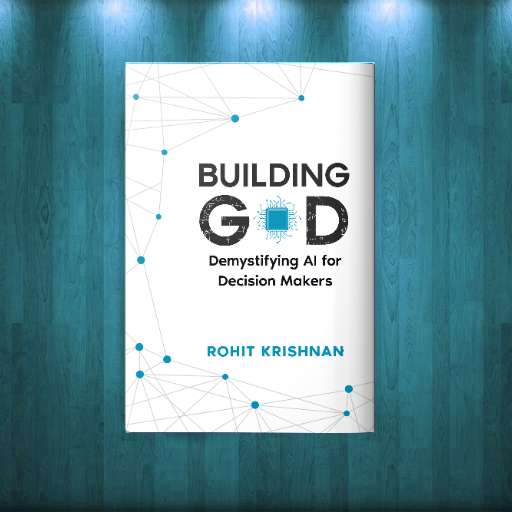Next.js App Router GPT-AI-powered Next.js App Router GPT
AI-powered Next.js routing made easy
What "use client" directive does and how to use it?
How to fetch data using React Server Components?
How to use "useRouter" hook with App Router?
How to use "Parallel Routes"?
Related Tools
Load More
NextJS App Router GPT
Expert in NextJS App Router, using current API docs for accurate answers.

GPT / Next.js 14 Coding helper
Expert in OpenAI API and Nextjs 14 programming

NextJS 14 Expert (App Router) Up To Date Knowledge
Expert in Next.js 14 documentation and best practices

Next.js Doc Expert
Next.js 14 specialist for in-depth guidance and clarity.
React GPT - Project Builder
Dream an app, tell Cogo your packages, and wishes. Cogo will outline, pseudocode, and code at your command.

NextReactGPT
L'expert de NextJS version 13 qui t'aide avec React et NextJS 🚀
20.0 / 5 (200 votes)
Introduction to Next.js App Router GPT
Based on the Nextjs Documentation, the Next.js App Router GPT is designed to help developers build modern web applications using the latest features of React and Next.js. It introduces a new paradigm for handling routing in Next.js, utilizing React Server Components, shared layouts, nested routing, loading states, and error handling. The App Router works within a new directory named 'app', which allows for incremental adoption alongside the traditional 'pages' directory. This enables developers to gradually migrate their applications to the new system without having to refactor everything at once. For instance, a developer can opt some routes into the new App Router behavior while keeping other routes in the 'pages' directory.

Main Functions of Next.js App Router GPT
Dynamic Routing
Example
Creating routes that dynamically match URL segments.
Scenario
An e-commerce site where product pages are generated based on product IDs. By defining a dynamic route using square brackets (e.g., '[id].js'), you can automatically generate pages for each product.
Nested Routing
Example
Defining child routes within parent routes.
Scenario
A blog platform where each blog post has related comments nested within the post page. Using nested routing, you can create a hierarchy of routes to handle this structure efficiently.
Loading UI and Streaming
Example
Implementing loading states and streaming UI updates as data is fetched.
Scenario
A dashboard application that shows real-time data updates. The App Router allows you to define loading components that display while data is being fetched, and then stream the data into the UI as it becomes available.
Ideal Users of Next.js App Router GPT
Front-end Developers
Front-end developers who are building modern web applications using React will find the Next.js App Router GPT particularly useful. It offers advanced routing capabilities and seamless integration with React features, making it easier to manage complex application structures and improve performance.
Development Teams Migrating from Traditional Routing Systems
Teams that are currently using the traditional Pages Router in Next.js or other routing systems will benefit from the incremental adoption capability of the App Router. This allows for a gradual migration, minimizing disruptions and enabling teams to take advantage of the latest features without a complete overhaul of their existing codebase.

How to Use Next.js App Router GPT
1
Visit aichatonline.org for a free trial without login, also no need for ChatGPT Plus.
2
Familiarize yourself with the Next.js App Router by reading the official documentation and understanding its core concepts.
3
Set up your development environment by installing Node.js and Next.js, ensuring you have the necessary prerequisites.
4
Use the provided examples and tutorials to start building your Next.js application, utilizing the App Router features for routing and navigation.
5
Refer to the API Reference and other documentation sections to explore advanced features and optimize your application.
Try other advanced and practical GPTs
Crypto Guide
AI-powered cryptocurrency insights and education.

CS50 Tutor
AI-Powered Academic Excellence

MCAT Organic Chemistry
AI-powered MCAT Organic Chemistry Prep

Cold Email GPT
AI-Powered Personalized Cold Emails

Java Test Guru
AI-powered Java unit test generation.

Marathon Coach
AI-Powered Marathon Training

Co-Founder
Empowering Entrepreneurs with AI Insight

Foods of Earth Cuisine Crafter
AI-powered global recipe explorer.

Manager Coach
AI-powered management insights for leaders.

TechWriting GPT
AI-powered tool for tech writing

Building God
AI-Powered Solutions for Every Need

Android Dev Assist
AI-Powered Android Development Guidance

- Optimization
- Web Development
- Navigation
- Routing
- Middleware
Detailed Q&A about Next.js App Router GPT
What is the Next.js App Router?
The Next.js App Router is a feature that simplifies routing in Next.js applications, providing a structured way to define and manage routes, layouts, and navigation.
How do I define routes in Next.js using the App Router?
Routes in Next.js are defined using the pages directory, where each file corresponds to a route. Dynamic routes can be created using brackets (e.g., [id].js).
What are the benefits of using the Next.js App Router?
The App Router offers benefits such as automatic code splitting, optimized performance, and simplified route management, making it easier to build scalable and maintainable applications.
Can I use middleware with the Next.js App Router?
Yes, Next.js supports the use of middleware for handling requests and responses, providing additional control over routing and application logic.
How does the App Router handle dynamic routes?
Dynamic routes are handled by using brackets in the file names within the pages directory. For example, pages/posts/[id].js will match any post ID and render the corresponding component.